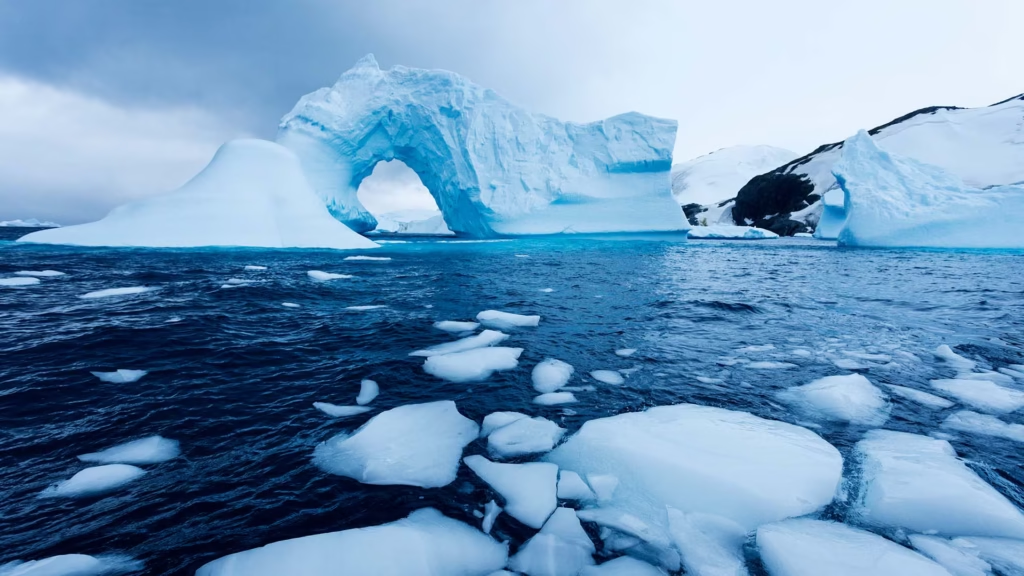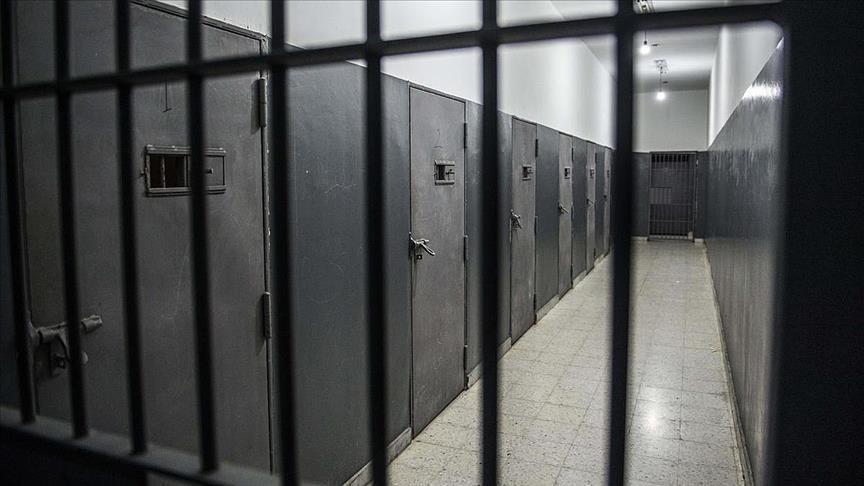
Antarctica’s frozen expanse is showing alarming signs of unraveling under the relentless pressure of global warming.
Scientists report increasing surface melting, accelerating glaciers, and shrinking sea ice, mirroring patterns previously observed in Greenland, media outlets said.
A study published in Nature Geoscience reveals that warming at the South Pole is triggering ice loss once thought impossible so rapidly.
“We believed climate impacts would take ages to appear in Antarctica,” said Ruth Mottram of the Danish Meteorological Institute. “That’s no longer true.”
Antarctica’s ice sheet spans 5.4 million square miles, holding enough frozen water to raise global sea levels by 190 feet if melted.
The West Antarctic Ice Sheet alone could push sea levels higher than 10 feet, scientists warn, threatening coastal communities worldwide.
The 2002 collapse of the Larsen B Ice Shelf, after record-warm summers, marked a dramatic turning point for Antarctic stability.
“We couldn’t believe the speed at which it occurred,” said Helen Amanda Fricker of the Scripps Institute of Oceanography.
Ice loss has quadrupled since the 1990s as weakened ice shelves fail to restrain the outward flow of glaciers.
An extraordinary 2022 heatwave penetrated East Antarctica, previously considered the most stable region, driven by intense atmospheric rivers, Mottram noted.
Satellite data reveal warming ocean currents breaching the continent’s circumpolar defense, delivering heat to the undersides of ice shelves.
Eric Rignot of UC Irvine compared Antarctica to Greenland, warning that lessons from one region predict the fate of the other.
Mottram stressed that Antarctica is no longer isolated and that changes there will ripple across the global climate system.
She urged immediate action to cut greenhouse gas emissions, calling rapid reduction the only path to avert catastrophic ice loss.




